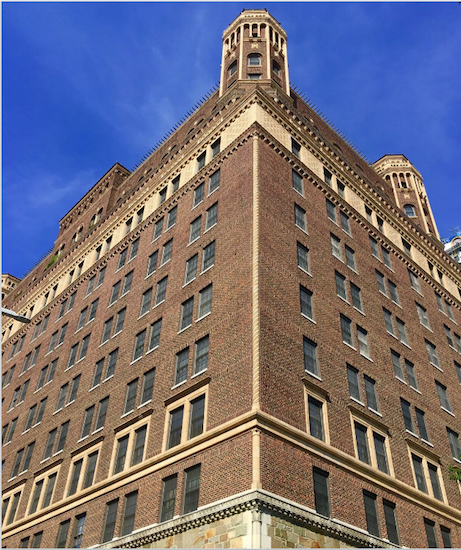Remembering The Towers when the highest-paid Dodgers stayed there
Eye On Real Estate: Now the Jehovah's Witnesses are selling the former Brooklyn Heights hotel

Welcome to The Towers, where the highest-paid Brooklyn Dodgers players lived in suites during baseball season. Eagle photo by Lore Croghan
Oh, the glamor of it all.
The brightest stars in the Brooklyn Dodgers’ firmament lived there in splendid suites during baseball season, in the borough’s premier hotel, The Towers.
Henrik Krogius remembers.

Brooklyn Boro
View MoreNew York City’s most populous borough, Brooklyn, is home to nearly 2.6 million residents. If Brooklyn were an independent city it would be the fourth largest city in the United States. While Brooklyn has become the epitome of ‘cool and hip’ in recent years, for those that were born here, raised families here and improved communities over the years, Brooklyn has never been ‘uncool’.